Sustainable Tourism In Costa Rica: 15 Ways To Travel Responsibly
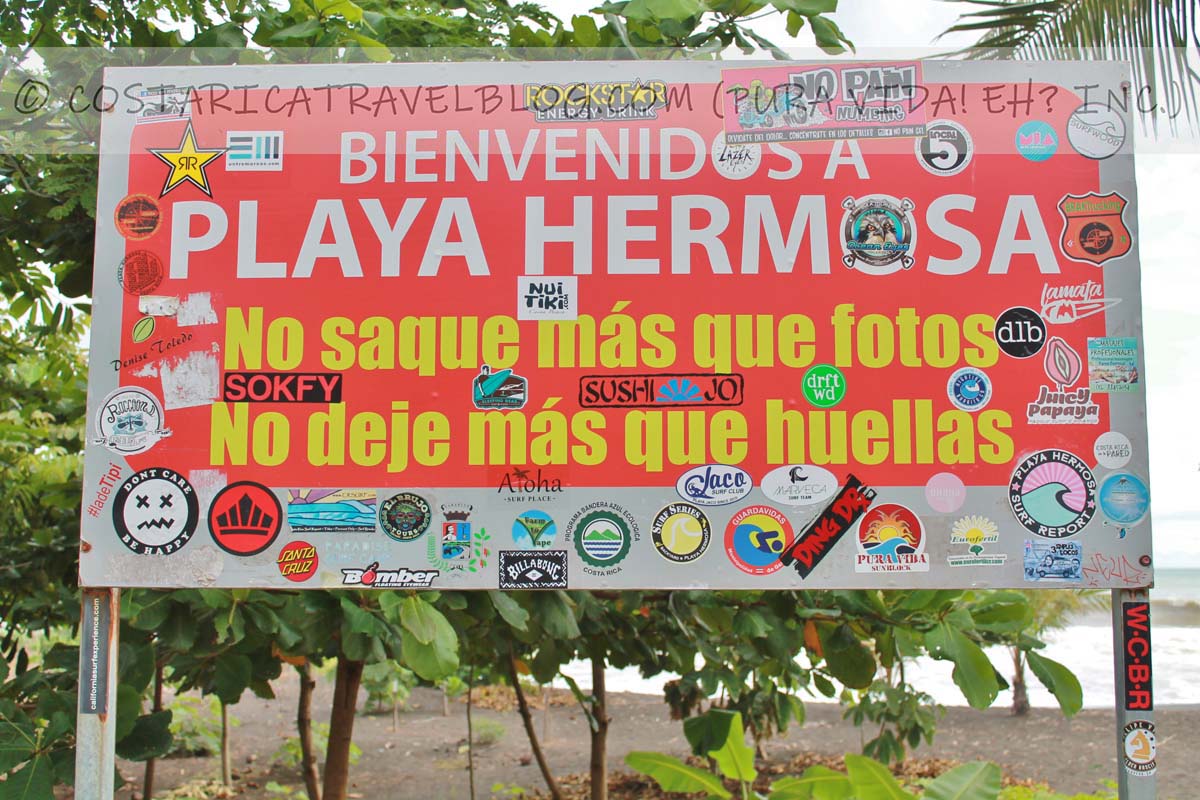
Last updated on September 14th, 2023 at 09:29 am GMT-6 (Costa Rica time)

Written by Nikki Solano
Nikki is the CEO of Pura Vida! eh? Inc. (Costa Rica Discounts), and the author of the guidebooks Moon Costa Rica (2019, 2021, 2023, and 2025 editions) and Moon Best of Costa Rica (2022 edition) from Moon Travel Guides. Together with her Costa Rican husband, Ricky, she operates the Costa Rica Travel Blog, created the online community DIY Costa Rica, built the Costa Rica Destination Tool, oversees the brand-new (summer 2023) Costa Rica Travel Shop, and designed the Costa Rica Trip Planning 101 E-Course. Also, Nikki wrote the Costa Rica cover feature for Wanderlust Magazine's sustainability-focused Travel Green List issue, showcased Costa Rica destinations and experiences on Rick Steves' Monday Night Travel show and podcast/radio show, and served as the Costa Rica Destination Editor for Essentialist, a luxury travel brand. Want to show your appreciation for her free article below? Thank Nikki here. ❤️️
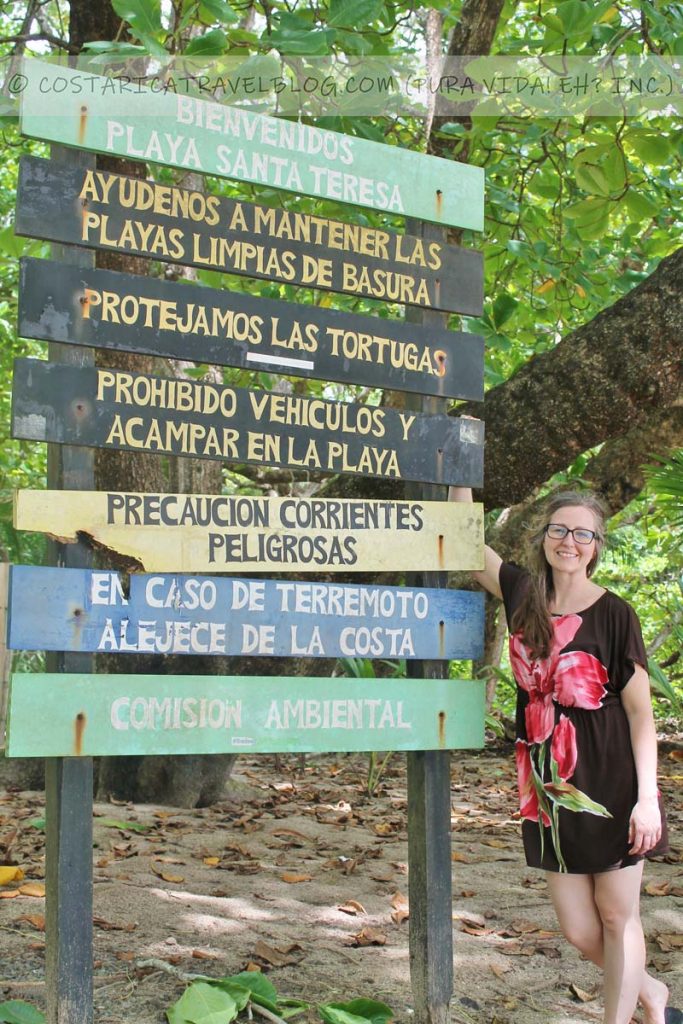

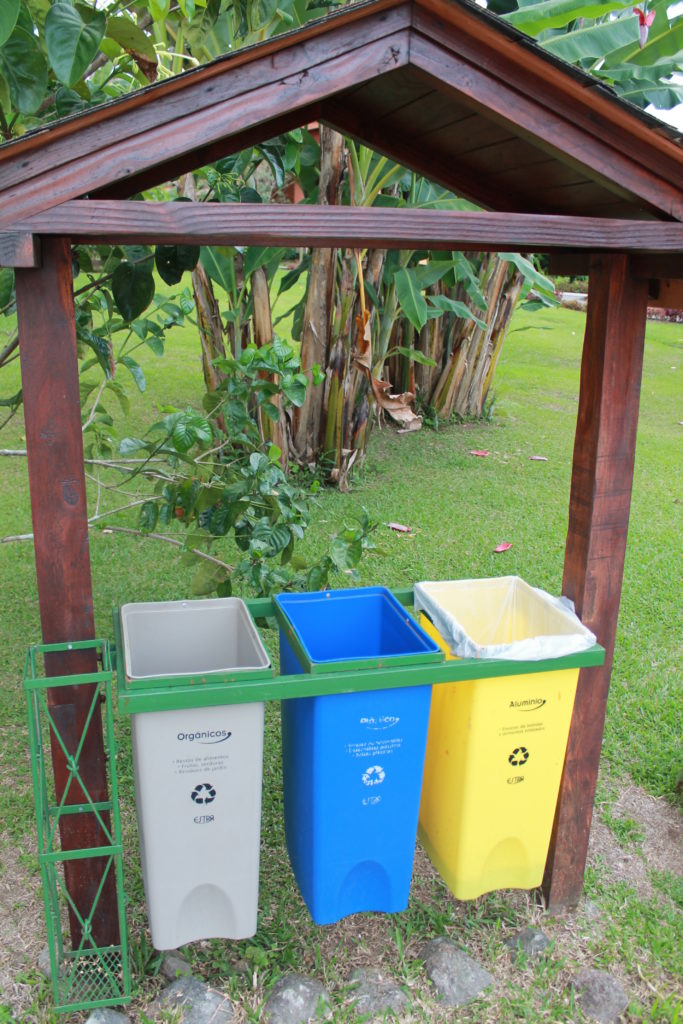





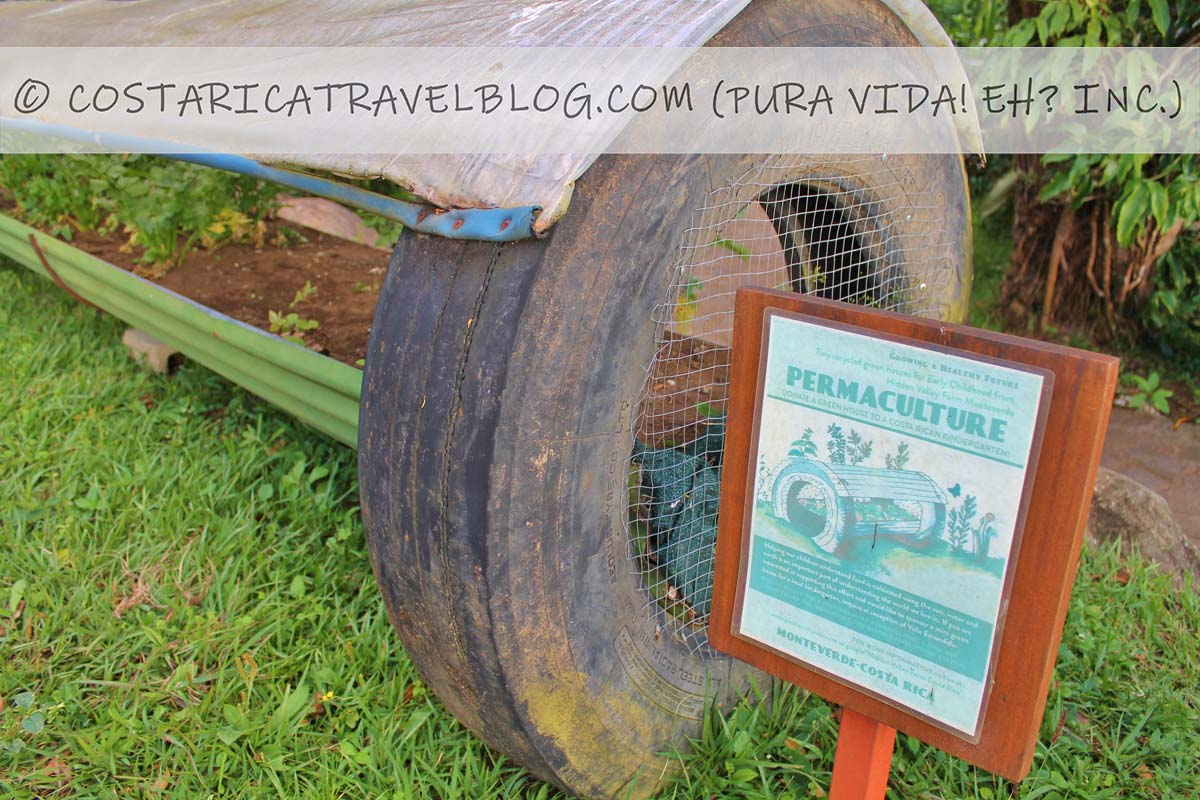

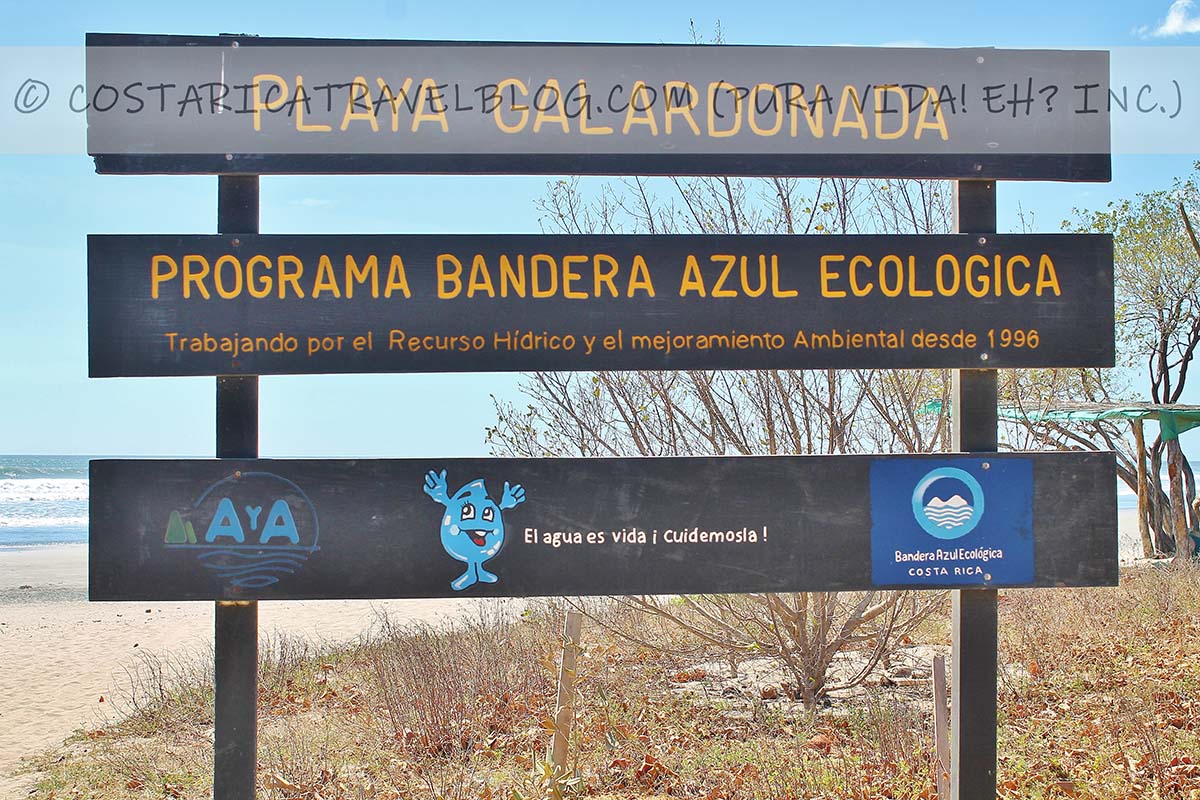
Get the Costa Rica info you need by browsing our article's TABLE OF CONTENTS:
- Sustainable Tourism In Costa Rica
- Plan an efficient trip
- Research your trip using Ecosia
- Go carbon-neutral
- Travel within Costa Rica via shared services
- Choose an eco-friendly accommodation
- Pack smartly
- Fly nonstop to Costa Rica
- Respect beach and trail signage
- Keep your distance from wildlife
- Treat flora like fauna
- Recycle whenever, wherever you can
- Don’t take what isn’t yours, but take what is
- Adhere to toilet rules
- Donate your time or money to a worthy cause
- Choose environmentalism when you’re given a choice
Sustainable Tourism In Costa Rica
Responsible travel and sustainable tourism are all the rage right now. Or are they? Hasn’t caring for the environment and cultures been a topic of conversation within the travel and tourism industry for years? Decades even? Now the public is starting to catch on. Waves of plant-based-eating movements and heightened concerns about climate change have shed light on what we’re losing at an alarming rate: our land and forests, our wildlife and marine life, our air quality, and so much more.
If you travel often, you know phrases like “responsible travel” and “sustainable tourism” get bounced around like beach balls. If you’re bound for Costa Rica, one of the world’s leading ecotourism destinations, you’ll quickly learn how seriously sustainability is taken here. As someone who has chosen Costa Rica as their vacation destination, you should know that visits to Costa Rica require environmental and cultural conscientiousness. When exploring Costa Rica’s precious, varied, and wildlife-filled ecosystems or its culturally rich communities, it’s expected, not just recommended, that you do your best to counteract any negative impact that your visit may leave on the country, its people, and its natural resources. Don’t know where to start? See our guide below for ways you can travel responsibly and fuel sustainable tourism in Costa Rica.
Plan an efficient trip
Smart Costa Rica trip planning
One of the most impactful ways you can contribute to sustainable tourism in Costa Rica is by minimizing in-country travel. If you start planning your vacation long before you travel and you thoroughly research where you want to go, what you want to do, which transportation services you want to use, and which routes you should take, you’ll build an efficient trip that avoids wasted travel time and wasted carbon emissions. If you’re just setting out on your Costa Rica trip-planning journey, one way to start building an efficient trip to Costa Rica is by reading our blog post: Planning A Trip To Costa Rica? READ THIS FIRST!
The Travel Green List featuring Costa Rica
If you’re looking for unique green experiences in Costa Rica, see the April/May 2023 issue of Wanderlust Magazine. Costa Rica serves as the cover feature of that issue, for which I wrote a 10-page feature on sustainable experiences in Costa Rica. The feature highlights 16 incredible eco-friendly experiences, from permaculture tours and zero-waste tours to low-impact ways of exploring Costa Rica. It’s a must-read for the eco-conscious traveler.
Research your trip using Ecosia
The search engine Ecosia makes caring for the environment easy. Simply use Ecosia as you would Google, Yahoo, Bing, or any other search engine on the web, and in return for your preference, Ecosia will allot a portion of their profits to their tree-planting initiative. If you think Ecosia is one of those companies that donates a shred of its income but wants tons of credit for their philanthropic work, think again. Last month alone (at the time of writing), more than half of Ecosia’s income was invested in tree-planting, and more was added to a reserve to help fund large environmental projects. Best of all? Ecosia‘s operations are transparent. Here, they post financial statements and a confirmation of where trees are being planted around the world, so you can track how much of Ecosia‘s money is being donated, as well as where and how it’s being put to use.
Go carbon-neutral
Businesses or operations that are carbon-neutral commit to saving carbon emissions that are equal to their own carbon footprint. Carbon-negative businesses and operations go one step further by saving carbon emissions that are greater than their own output. Costa Rica is home to several companies that claim to be carbon-neutral (only a handful are carbon-negative), including Sansa Airlines, a Costa Rican airline, and Mapache Rent-A-Car, a Costa Rican car rental agency. To learn more about Mapache’s environmental efforts, including how they recycle the water used to wash vehicles, see our related blog post: This Is The Costa Rica Car Rental Agency We Rent Cars Through.
If you’re curious about your own carbon footprint, use the carbon emissions calculator here to determine the amount of carbon emissions you must save in order to live a carbon-neutral life.
Though transportation services create significant carbon emissions, you can help reduce this number, and your carbon footprint overall, by relying on shared services to get around. The three most common forms of shared transportation in Costa Rica are public transportation (i.e., local buses),
Public transportation
Public transportation is the most inexpensive form of shared transportation in Costa Rica (it carries the greatest number of travelers too), but it isn’t everyone’s cup of tea, given that local bus services can be show, lengthy, and uncomfortable. If you’re looking for the next best option, consider using shared shuttle services or city-to-city transportation-inclusive services (otherwise known as tour transportation) to get around.
Shared shuttle services are similar to private transfer services (generally a non-eco-friendly mode of transportation) in that they take place in air-conditioned tourist vans, which, depending on the make and model of the van, can hold up to 22 passengers (typically 10-12 passengers). Unlike private transfer services, though, shared shuttle services require that you share the van with people outside of your immediate travel group. In other words, strangers.
City-to-city transportation-inclusive tour transportation
In brief, city-to-city transportation-inclusive tours are tours that include transportation between two destinations in their rates. (Don’t miss our related blog post Costa Rica Tour Transportation: How To Use Tours To Travel Between Destinations for more information.) They’re similar to shared shuttle services in that they also take place in tourist vans and require sharing the van with other travelers, including people you don’t know.
Choose an eco-friendly accommodation
Want to stay at an eco-friendly accommodation in Costa Rica? Now’s your chance! Costa Rica is home to all kinds of eco-conscious accommodations; some are beachfront properties, others are tucked away in forests, and several hide on the slopes of mountains and volcanoes.
It’s important to note that the term “eco-lodge” isn’t regulated in Costa Rica. Many environmentally conscious properties don’t call themselves eco-lodges, and a few properties that do couldn’t care less about the environment (some are even guilty of greenwashing). A good rule of thumb to go by when searching for eco-friendly accommodations in Costa Rica is to look for a page on the accommodation’s website that documents conservation efforts. In most cases, when the accommodation is built or functions in a way that protects the environment, saves wildlife, or offsets carbon emissions, the property will advertise this online in an attempt to attract green-minded guests. Here’s a list of some sustainability efforts you may see advertised on Costa Rica hotel websites:
- They serve farm-to-table meals prepared using local ingredients or ingredients grown/raised on-site
- They power the hotel using solar panels and/or hydroelectric generators
- They encourage guests to reduce energy and water use
- They use low-flow toilets and energy-saving lighting
- They use compost and/or bio-digester machines
- The property and/or furniture was built using fallen/reclaimed wood
- The property protects many acres/hectares of land and reforestation efforts are underway
- They offer toiletries, including soaps, shampoos, conditioners, and lotions, that are prepared on-site, void of harmful chemicals, and offered in refillable containers
- They use biodegradable cleaning products
- The property has a living roof
- The property has feeders and plants that help feed birds, butterflies, bees, and other insects
Although there’s no guarantee that accommodations that claim to support sustainable tourism in Costa Rica actually fulfill their promises, you can usually trust properties that have joined forces with well-known alliances around the world, including the Rainforest Alliance and the Nature Conservancy. Most Costa Rican accommodations that have partnered with these (and similar) organizations directly state their affiliation or display the organization’s logo on their website.
For Costa Rican businesses only, the Costa Rican Institute of Tourism (ICT) developed the CST, a certificate program for sustainable tourism in Costa Rica. Companies that register for the program and receive high ratings are some of the most environmentally conscious businesses in Costa Rica. A list of Costa Rican hotels and their CST rating can be found here.
Pack smartly
Contributing to sustainable tourism in Costa Rica begins before you ever step foot in the country by eliminating as much disposable plastic, Styrofoam, paper, and trash from your luggage as possible. Not only does doing so reduce waste overall but also it reduces the likelihood that your garbage will end up in Costa Rica’s forests, rivers, and streets. To pack smartly, consider doing the following:
- Rely on reusable containers instead of small plastic bags for carrying snacks/sandwiches
- Rely on day packs or backpacks instead of plastic grocery bags to carry other items
- Pack snacks that don’t come individually wrapped (like granola bars), such as trail mix, fruit, or vegetables
- Pack your own set of reusable utensils from home, including a fork, a spoon, a straw, and a butter knife
- Pack a meal-size container that you can use as a takeout container at restaurants
- Keep an electronic copy of all trip reservations in your email account or on an electronic device that you plan to travel with, so you don’t waste paper and ink on print confirmations
- Pack a reef-friendly sunscreen and/or an eco-friendly insect repellent (see our related blog post What To Pack For Costa Rica (And What Not To Pack) for more information about these products)
Fly nonstop to Costa Rica
Though it may cost you a little more to do so, purchasing nonstop flights to and from Costa Rica is a step toward becoming a more responsible traveler. A nonstop flight to Costa Rica, which skips unnecessary landings and takeoffs partway along the journey, uses less fuel and leaves a smaller carbon footprint than flights that have stopovers.
Respect beach and trail signage
Once you make it to Costa Rica, one of the best ways you can practice sustainable tourism is by respecting the country’s rules. You’ll find them scribbled on or carved into signs posted at beaches and trailheads, among other locations. Some signs warn of potential dangers, but others politely request that you:
- Don’t litter
- Don’t drive (vehicles or ATVs) on beaches
- Don’t camp on beaches
- Don’t stray from marked, flattened trails
- Don’t take debris from forests, such as flowers or leaves
- Don’t take shells or other items from beaches
Adhere to these warnings, not only for your own safety but to help protect the ecosystems and habitats that you’ve been granted a privilege to explore.
Keep your distance from wildlife
You’re destined to encounter wildlife in wildly diverse Costa Rica. When that happens, maintain a safe distance from the wildlife, not only for your own safety but to avoid scaring the animals. Don’t ever feed or entice wildlife with other items. If you plan to take photos of the wildlife, turn off your camera’s flash. For more information about taking photos of Costa Rica wildlife, don’t miss our related blog post: Costa Rica Wildlife Photography.
Treat flora like fauna
Cute baby sloths and other Costa Rican fauna are easy to love, but equally deserving of your attention and protection is the flora that contributes to Costa Rica’s lush and rampant ecosystems. You wouldn’t break a monkey’s arm or remove a coatimundi from its pack, so why would you go trudging through the forest, yanking on vines, snapping tree limbs, and picking flowers, ultimately disrupting nature’s home? Since all living things are vital to the environment, it’s important to respect trees, plants, flowers, mosses, lichens, and other flora that you encounter in Costa Rica.
Recycle whenever, wherever you can
Back when Ricky and I first lived in La Fortuna, years before the Arenal Volcano stopped erupting and waking us (almost nightly) with thunderous growls and shakes, the town didn’t have much of a recycle program. We used to carry our recyclables up the street from our house and dump them in giant bins, bins that were supplied by our neighbors who set out to spark change. Fast-forward to today, and we’re happy to report that several homes and businesses in La Fortuna, as well as in destinations all around Costa Rica, now recycle on the regular. If you stay at a Costa Rica hotel, you’ll likely find a row of bins that invites you to sort your recyclables by type. Here’s a quick cheat sheet of the names of recyclables in Spanish:
| Spanish | English |
|---|---|
| Vidrio | Glass |
| Alumino | Aluminum |
| Plásticos | Plastics |
| Papel | Paper |
| Cartón | Cardboard |
| Latas | Cans |
| Orgánicos | Organic |
| Basura | Garbage |
Don’t take what isn’t yours, but take what is
We love the sign stationed at Playa Hermosa on Costa Rica’s central Pacific coast (pictured above). It reads: “No saque más que fotos, no deje más que huellas” which translates to, “Don’t take more than photos, don’t leave more than footprints.” It’s the perfect way to sum up a trip to one of Costa Rica’s beautiful beaches. To make sure you leave Costa Rica’s beaches as beautiful as they were when you found them, it’s vital you don’t take sand and shells as souvenirs, or leave your trash behind. The same rule applies to hiking trails in Costa Rica. Don’t take flowers, seeds, sticks, tree bark, or any other natural fragments out of the forest, and don’t leave anything unnatural in your wake, such as food wrappers or water bottles.
Adhere to toilet rules
Have you heard the rumor about toilet paper in Costa Rica? That it’s placed in garbage bins, not flushed down the toilet? If so, we can confirm that the rumor is true, at least in most areas of the country. Some resorts and accommodations utilize newer waste disposal systems that can handle toilet paper being flushed down the toilet, but most do not. This means that you’ll need to remind yourself, every time nature calls, to place toilet paper in the waste bin and not in the toilet (most hotel bathrooms supply signs to remind you). If you don’t, you risk wreaking havoc on the sewer system and possibly contaminating the environment.
Donate your time or money to a worthy cause
If you have a little extra moolah to spend, consider donating money to an organization that works hard to save the environment, to protect wildlife or marine life, or to support Costa Rican communities. Pack For A Purpose is a well-known international organization that has partnered with several businesses in Costa Rica. If you’d prefer to give to a smaller, local organization, there are plenty to choose from, including Kids Saving The Rainforest, the Corcovado Foundation, and many more. If money is tight, donate your time. Several wildlife rescue centers and sea turtle conservation programs accept short-term and long-term volunteers.
Choose environmentalism when you’re given a choice
A word to the wise: follow prompts you are given to practice sustainable tourism in Costa Rica. If a hotel says they’re trying to conserve electricity and they ask you to turn off lights and air conditioning when you leave your room, do it. If they suggest you reuse your towel to conserve water, try it. If you’re told a beach or trail is inaccessible, perhaps because the property is undergoing reforestation or is home to wildlife habitats that can be damaged by humans, avoid it. Businesses and tour guides can only go so far in their strides toward environmentalism. When they pass the baton to you, recognize your responsibility and run with it to the finish line.
QUESTION TO COMMENT ON: What other tips can you share that promote sustainable tourism in Costa Rica?
Pura vida!

Hey, Costa Rica Travel Blog reader, thank you for visiting and reading our blog! We're truly grateful for your time and preference.
Do you know that your spam-free reading experience is most important to us? Unlike some other Costa Rica blogs, we do not to sell your personal information, and we choose not to display ads, sponsored content, or affiliate marketing on our blog so we can keep your visit as distraction- and junk-free as possible. Because we prioritize your privacy, we don't earn money when you visit us, when you sign up for our e-course, or when you click on our links, which means the time and work we put into this blog—including its 300+ articles—is entirely voluntary! If you find our content valuable, and you'd like to thank us for making the trip-planning process easier and your Costa Rica vacation more enjoyable, please consider making a small donation ($1, $2, $3, or an amount of your choosing) to our blog. Doing so is a great way to pat us on the back if you feel we deserve it. 😊 Pura vida, amigos!
Click on the button above to donate through PayPal. (If you cannot see the PayPal button above, click here.) A PayPal account is not required to make a donation; credit and debit cards are also accepted. PayPal donations are confidential; we never see your payment details.
Love our blog? Check out our other Costa Rica-related projects, too:

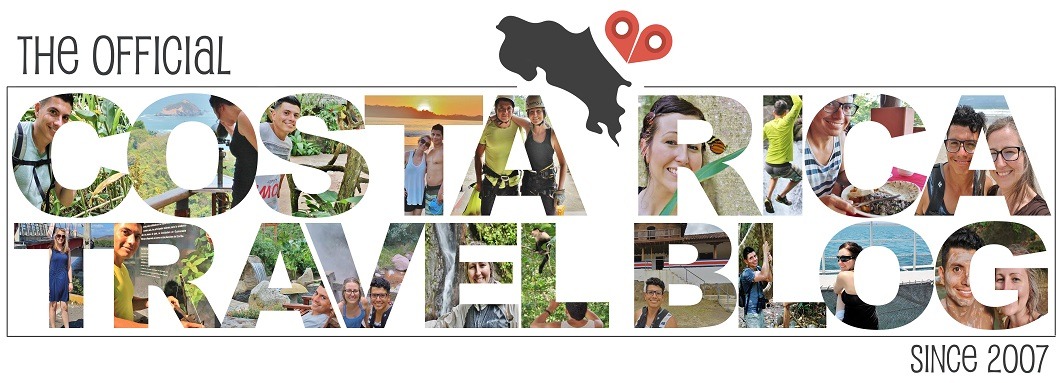

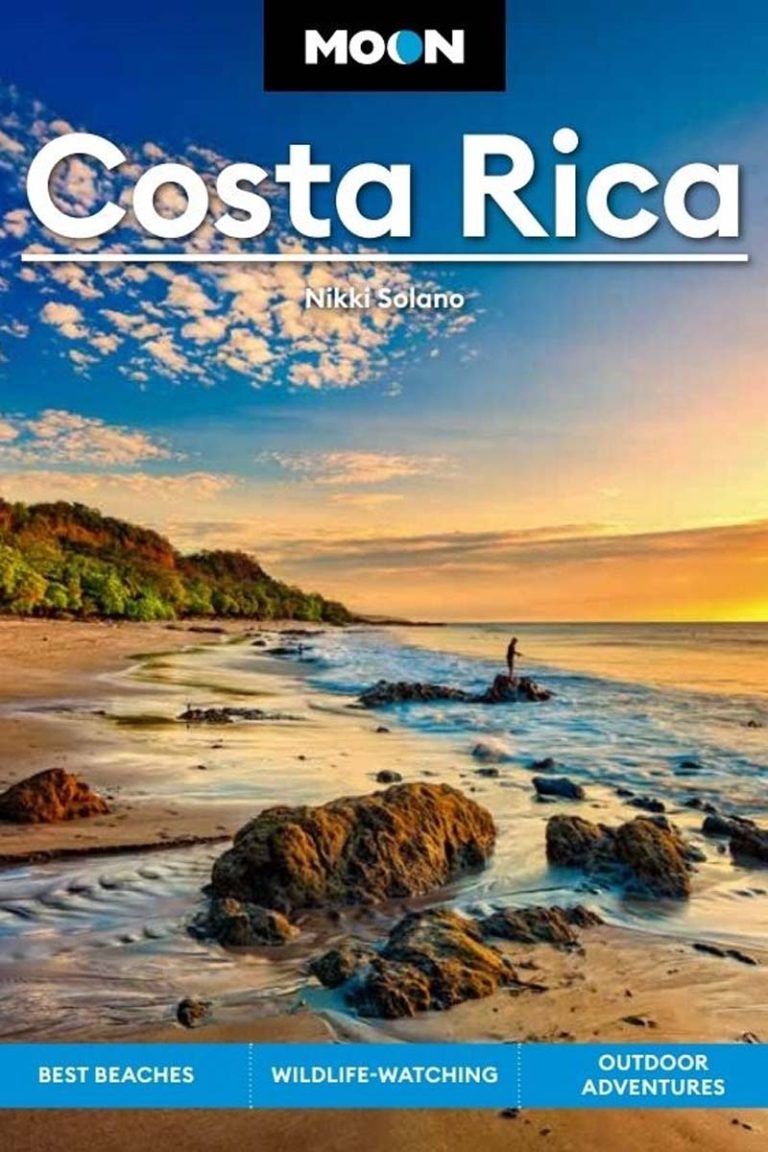
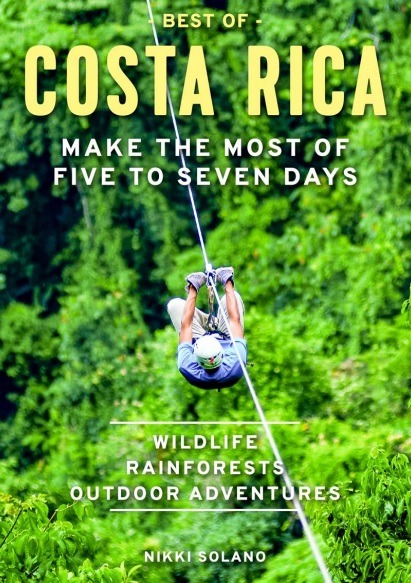

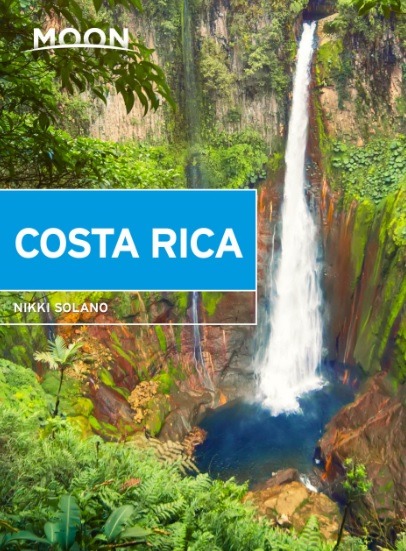

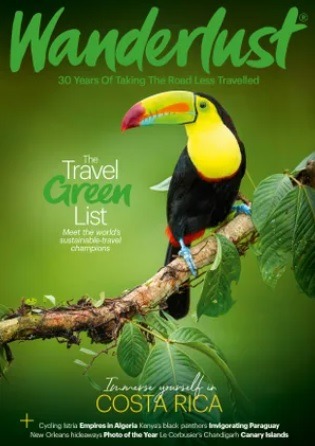










Tagged: ecofriendly, environmentalism